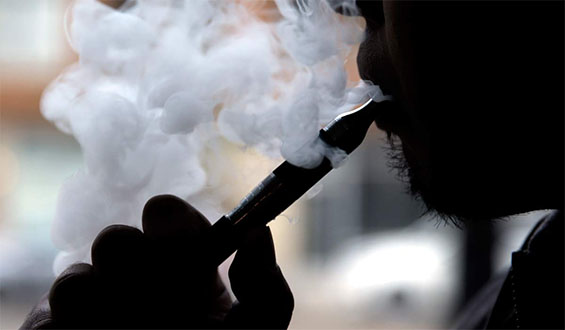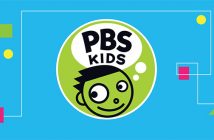
The e-cigarette industry is spending tens of millions of dollars on advertising, and teenagers seem to be falling for the hype, federal officials have said.
Maggie Fox of NBC News reports that there is a parallel between the rise of the advertising and the number of teens being influenced by it. The CDC says that millions of teens are vaping, and says the trend will disrupt decades of progress in getting kids to stay away from cigarettes. Now two-thirds of young people nationwide are being exposed to e-cigarette advertisements.
“The same advertising tactics the tobacco industry used years ago to get kids addicted to nicotine are now being used to entice a new generation of young people to use e-cigarettes,” said CDC director Dr. Tom Frieden.
Researchers at the CDC located a survey of 22,000 children and teens taken in 2014 and found 68.9% of kids in middle and high school students saw e-cigarette ads. Over half saw the ads in stores, 40% saw them online, and 36% saw ads on TV or in films.
The CDC reported:
“During 2011 to 2014, current e-cigarette use among high school students soared from 1.5 percent to 13.4 percent, and among middle school students from 0.6 percent to 3.9 percent. At the same time, spending on e-cigarette ads rose from $6.4 million to $115 million.”
Matthew Myers, president of the Campaign for Tobacco-Free Kids, called the advertising irresponsible and indiscriminate and accused the government’s lack of oversight for putting US young people at risk.
CDC Director Tom Friedan said that advertisers are using very effective tactics, and “viral” marketing online has results that cannot even be measured. E-cigarette ads, according to the CDC, use the same ideas, such as rebellion, sex, and independence, as the ones used for selling tobacco products.
There is a common belief that e-cigarettes are safe to use, unlike traditional tobacco products, but studies have been performed that suggest this may not be so. As for the CDC, scientists there say that e-cigarettes contain nicotine processed from tobacco, which is addictive, possibly harmful to the brain, and could lead to continued use of tobacco products among youth.
Last year, a group of scientists from the Harvard School of Public Health discovered that many of the e-cigarette flavors have unhealthy chemicals, such as diacetyl and formaldehyde.
Frieden said the skyrocketing e-cigarette advertising is creating a ‘Wild West’ mentality in the marketplace. Mitch Zeller, director of the FDA’s Center for Tobacco Products, said as of now, where e-cigarettes are concerned, there are more questions than there are answers.
The Washington Post’s Brady Dennis reports that e-cigarette sales hit $2.5 billion in 2015.
The FDA announced in 2014 that it would begin regulating e-cigarettes by forcing manufacturers to cut back on sales to minors, to stop supplying free samples, to put health warnings on their products, and to publish ingredients. This proposal did not include restrictions on online sales or TV advertising, and the FDA has not finalized any of these regulations.
Currently, the Obama administration is reviewing the final proposal regulations to allow the US Food and Drug Administration to oversee new tobacco products including e-cigarettes. But advocates for the vaping devices and some researchers say that e-cigarettes may help some smokers quit traditional cigarettes, although the research is limited.




